Every year, millions of students around the world dream of getting into the most prestigious universities. But what makes a university the hardest to go to? Is it the acceptance rate, the academic rigor, or the sheer number of applicants? According to Malcolm Gladwell, author of Outliers, the competition for spots at top universities has become so intense that it’s almost like winning the lottery. Similarly, Angela Duckworth, the psychologist behind the concept of grit, argues that perseverance is key, but even grit might not be enough when facing the odds at places like Harvard or Stanford. And let’s not forget Paul Graham, the co-founder of Y Combinator, who famously said, "The hardest part of getting into a top university is convincing them you’re worth the risk." So, what exactly makes these institutions so elusive? Let’s break it down.
Defining the "Hardest" University
When we talk about the hardest university to go to, we’re not just talking about the one with the toughest exams or the most homework. It’s a combination of factors that make these institutions nearly impossible to crack. Let’s start with acceptance rates. Universities like Harvard and Stanford have acceptance rates hovering around 4-5%. That means for every 100 students who apply, only 4 or 5 get in. To put it in perspective, you’re more likely to get struck by lightning than to get into Harvard. And it’s not just about the numbers. These universities are looking for the best of the best—students who not only have perfect GPAs and sky-high test scores but also a laundry list of extracurricular achievements and a compelling personal story.
Academic rigor is another major factor. At places like MIT, the coursework is designed to push students to their limits. It’s not uncommon for students to pull all-nighters just to keep up with the workload. But it’s not just about surviving the classes; it’s about thriving in an environment where everyone around you is just as driven and talented. This creates a culture of excellence that can be both inspiring and intimidating.
Then there’s the global reputation. Universities like Oxford and Cambridge have been around for centuries, and their names carry a weight that can open doors around the world. But with that reputation comes a level of scrutiny that few can withstand. The admissions process at these institutions is designed to weed out all but the most exceptional candidates. And let’s not forget the competition. When you’re up against thousands of other applicants who are just as qualified as you are, standing out becomes a Herculean task.
So, what does it take to get into one of these universities? It’s not just about being smart or hardworking. It’s about being extraordinary in every possible way. And even then, there’s no guarantee. But for those who do make it, the rewards can be life-changing. So, is it worth it? That’s a question only you can answer.
Admission Criteria and Challenges
Getting into a top university isn’t just about being smart—it’s about proving you’re the whole package. Universities like Harvard and Stanford don’t just look at your grades; they want to see who you are beyond the classroom. Let’s break down what it takes to impress these gatekeepers of higher education.
Academic Excellence: First things first, your grades matter—a lot. A high GPA, stellar standardized test scores (think SAT or ACT), and a top class ranking are non-negotiable. But here’s the kicker: even perfect scores don’t guarantee admission. Why? Because everyone else applying has them too. It’s like showing up to a party with a bottle of wine—it’s expected, not impressive.
Extracurricular Activities: This is where you can shine. Universities want to see that you’re more than just a bookworm. Were you the captain of your debate team? Did you start a nonprofit to help underprivileged kids? Maybe you’re a concert pianist or a coding prodigy. The key is to show leadership, passion, and impact. Think of it as your chance to prove you’re the Beyoncé of your high school—except, you know, without the Grammy (yet).
Personal Essays and Interviews: This is your moment to tell your story. Admissions officers want to know what makes you tick. What challenges have you overcome? What drives you? A compelling essay can turn a “maybe” into a “yes.” And don’t forget the interview—it’s your chance to show you’re not just a name on a piece of paper. Pro tip: don’t try to be someone you’re not. Authenticity is key.
Diversity and Inclusion: Universities are increasingly focused on building diverse student bodies. This means they’re looking for students from different backgrounds, cultures, and experiences. If you’ve faced adversity or come from an underrepresented community, make sure to highlight that. It’s not about checking boxes—it’s about bringing unique perspectives to the table.
Global Comparison of Competitive Universities
While the U.S. is home to many of the world’s most competitive universities, the race to get in is a global phenomenon. Let’s take a tour of the toughest schools around the world and see how they stack up.
United States: The Ivy League—Harvard, Yale, Princeton—is the gold standard of exclusivity. But don’t forget about Stanford and MIT, which are just as hard to crack. These schools are like the Avengers of higher education—each one is a powerhouse in its own right.
United Kingdom: Across the pond, Oxford and Cambridge (collectively known as Oxbridge) are the crème de la crème. With centuries of history and a reputation for academic excellence, getting into these schools is like winning the lottery—except you need a 4.0 GPA and a Nobel Prize to even buy a ticket.
Asia: In Asia, Tsinghua University in China and the National University of Singapore are leading the pack. These schools are known for their rigorous academics and cutting-edge research. Think of them as the Silicon Valley of education—where the brightest minds come to innovate.
Europe and Beyond: Don’t overlook ETH Zurich in Switzerland or Sorbonne University in France. These institutions are known for their strong emphasis on science, engineering, and the humanities. They’re like the hidden gems of the academic world—lesser-known but just as impressive.
The Role of Socioeconomic Factors
When it comes to getting into the hardest universities, socioeconomic factors play a huge role. Wealth and privilege often give some students a head start, while others face significant barriers. Let’s break it down.
Access to Resources
Students from wealthier families often have access to resources that can boost their chances of admission. These include:
- Private Tutors: Personalized help for standardized tests like the SAT or ACT.
- Extracurricular Opportunities: Access to expensive activities like music lessons, sports teams, or international travel.
- College Counselors: Professional guidance to craft standout applications.
On the other hand, students from lower-income families may struggle to afford these advantages, putting them at a disadvantage in the competitive admissions process.
Inequality in Education
Not all schools are created equal. Students in underfunded schools often lack access to advanced courses, experienced teachers, and modern facilities. This can make it harder for them to compete with peers from well-funded schools. For example, a student at a top private school might have access to AP classes and cutting-edge labs, while a student at a struggling public school might not.
Affirmative Action and Quotas
To address these disparities, some universities use affirmative action policies. These aim to level the playing field by considering factors like race, socioeconomic status, and background. For instance, Harvard University has faced both praise and criticism for its holistic admissions process, which considers a student’s life experiences alongside academic achievements.
Case Studies
Take the story of Maria, a first-generation college student. Despite attending an underfunded high school, she worked tirelessly to excel academically and secured a full scholarship to Stanford. Her story highlights the resilience of students who overcome socioeconomic barriers to achieve their dreams.
The Psychological Impact of Competitive Admissions
The pressure to get into a top university can take a toll on students’ mental health. Let’s explore the challenges and how to cope.
Stress and Mental Health
The admissions process is incredibly stressful. Students often feel immense pressure to excel in every area—academics, extracurriculars, and personal essays. This can lead to anxiety, depression, and burnout. According to a study by the American Psychological Association, nearly 45% of high school students report feeling stressed about college applications.
Parental and Societal Expectations
Parents and society often place high expectations on students to attend prestigious universities. This can add to the pressure, making students feel like their worth is tied to their college acceptance. For example, in cultures where academic success is highly valued, like in South Korea, students face intense competition to get into top schools.
Coping Mechanisms
Here are some strategies to manage stress during the application process:
- Set Realistic Goals: Focus on schools that are a good fit, not just the most prestigious.
- Practice Self-Care: Take breaks, exercise, and get enough sleep.
- Seek Support: Talk to friends, family, or a counselor about your feelings.
Long-Term Effects
The stress of competitive admissions doesn’t end with acceptance. Students who push themselves too hard may struggle with perfectionism or burnout in college and beyond. It’s important to remember that success isn’t defined by the name of your university but by the effort and passion you bring to your journey.
AI Solutions: How Could AI Help?
As university admissions become increasingly competitive, the role of artificial intelligence (AI) in streamlining and improving the process cannot be overstated. AI has the potential to revolutionize how institutions evaluate applicants, reduce biases, and provide personalized guidance to students. Here’s how AI could transform the admissions landscape:
Automated Application Review
One of the most time-consuming aspects of admissions is reviewing thousands of applications. AI can automate this process by analyzing transcripts, essays, and recommendation letters. For example, tools like ETS’s GRE scoring algorithms already use AI to evaluate written responses. Universities could adopt similar systems to standardize evaluations and ensure consistency.
Bias Detection
Unconscious bias is a significant challenge in admissions. AI can help by identifying patterns of bias in decision-making. For instance, IBM Watson has developed algorithms to detect bias in hiring processes, which could be adapted for university admissions. By flagging biased decisions, AI can promote fairness and inclusivity.
Personalized Guidance
AI-driven platforms like Khan Academy already provide personalized learning experiences. Similarly, AI could help students identify universities that align with their academic and personal goals. Tools like Naviance are already making strides in this area, offering data-driven insights into college fit.
Predictive Analytics
AI can analyze historical admissions data to predict an applicant’s chances of acceptance. For example, Coursera uses predictive analytics to recommend courses. Universities could use similar models to provide applicants with realistic expectations and help them make informed decisions.
Case Studies
Some institutions are already leveraging AI in admissions. MIT has experimented with AI to evaluate applications, while Stanford University uses AI to analyze applicant essays. These case studies demonstrate the potential of AI to enhance the admissions process.
Action Schedule/Roadmap (Day 1 to Year 2)
Here’s a detailed roadmap for implementing AI in university admissions:
- Day 1: Assemble a team of AI experts, educators, and admissions officers. Include representatives from institutions like Harvard and Oxford to ensure diverse perspectives.
- Day 2: Conduct a needs assessment to identify key challenges in the admissions process, such as bias, inefficiency, and lack of personalization.
- Week 1: Develop a prototype AI tool for application review, leveraging existing technologies like OpenAI’s GPT models.
- Week 2: Test the prototype with a small sample of applications from diverse backgrounds to ensure fairness and accuracy.
- Month 1: Analyze test results and refine the AI algorithm to address any identified issues, such as bias or inaccuracies.
- Month 2: Expand testing to a larger pool of applications, including international students, to validate the tool’s effectiveness.
- Year 1: Implement the AI tool in select universities, starting with institutions like UCL and UC Berkeley.
- Year 1.5: Scale the tool to more institutions and integrate additional features, such as bias detection and predictive analytics.
- Year 2: Evaluate the impact of AI on admissions by analyzing data on acceptance rates, diversity, and student satisfaction. Publish findings to encourage wider adoption.
The Future of University Admissions: A New Era of Fairness and Efficiency
As we look to the future, it’s clear that AI has the potential to transform university admissions into a more fair, efficient, and personalized process. By automating application reviews, detecting biases, and providing predictive insights, AI can help institutions make better decisions while reducing the burden on admissions officers. For students, AI-driven tools can offer guidance and clarity, making the daunting process of applying to college a little less overwhelming.
However, the adoption of AI in admissions is not without challenges. Ensuring that algorithms are free from bias, protecting applicant data, and maintaining transparency are critical considerations. Institutions must work collaboratively with AI experts, educators, and policymakers to address these issues and create systems that benefit everyone.
Ultimately, the goal is to create a system that values each applicant as an individual, recognizing their unique strengths and potential. By embracing AI, universities can move closer to this ideal, fostering a more inclusive and equitable educational landscape.
What do you think about the role of AI in university admissions? Could it level the playing field, or does it risk introducing new biases? Share your thoughts in the comments below. And don’t forget to subscribe to our newsletter for more insights into the future of education and technology. Become a permanent resident of iNthacity: the "Shining City on the Web" and join the conversation!
FAQ
1. What is the hardest university to get into in the world?
The hardest universities to get into are typically those with the lowest acceptance rates and highest academic standards. Institutions like Harvard University, Stanford University, and MIT are often cited as the most competitive due to their rigorous admission processes and global reputation.
2. How do acceptance rates affect a university’s difficulty?
Acceptance rates are a key indicator of how competitive a university is. Lower acceptance rates mean fewer students are admitted, making it harder to get in. For example, Harvard has an acceptance rate of around 3.4%, while Stanford’s is approximately 4%. These low rates reflect the high number of qualified applicants and the limited number of spots available.
3. What role do extracurricular activities play in admissions?
Extracurricular activities are crucial in the admissions process. They showcase a student’s leadership, passion, and unique talents. Universities like Yale and Princeton look for well-rounded applicants who excel both academically and outside the classroom. Activities like sports, music, community service, and internships can make a significant difference.
4. How can AI improve the university admissions process?
AI can revolutionize admissions by:
- Automating Application Review: Streamlining the evaluation of thousands of applications.
- Detecting Bias: Identifying and eliminating unconscious bias in decision-making.
- Providing Personalized Guidance: Helping students find the best-fit universities based on their profiles.
- Predictive Analytics: Using data to forecast admission chances and trends.
For example, MIT has started experimenting with AI tools to enhance their admissions process.
5. What are some strategies for managing stress during the application process?
Managing stress during the application process is essential. Here are some strategies:
- Stay Organized: Create a timeline and checklist to keep track of deadlines and requirements.
- Seek Support: Talk to family, friends, or a counselor for emotional support.
- Practice Self-Care: Prioritize sleep, exercise, and healthy eating to maintain physical and mental well-being.
- Focus on Fit: Apply to universities that align with your interests and goals, not just their prestige.
For more tips, check out resources from APA on managing stress.
Wait! There's more...check out our gripping short story that continues the journey: The Echoes of Ambition
Disclaimer: This article may contain affiliate links. If you click on these links and make a purchase, we may receive a commission at no additional cost to you. Our recommendations and reviews are always independent and objective, aiming to provide you with the best information and resources.
Get Exclusive Stories, Photos, Art & Offers - Subscribe Today!
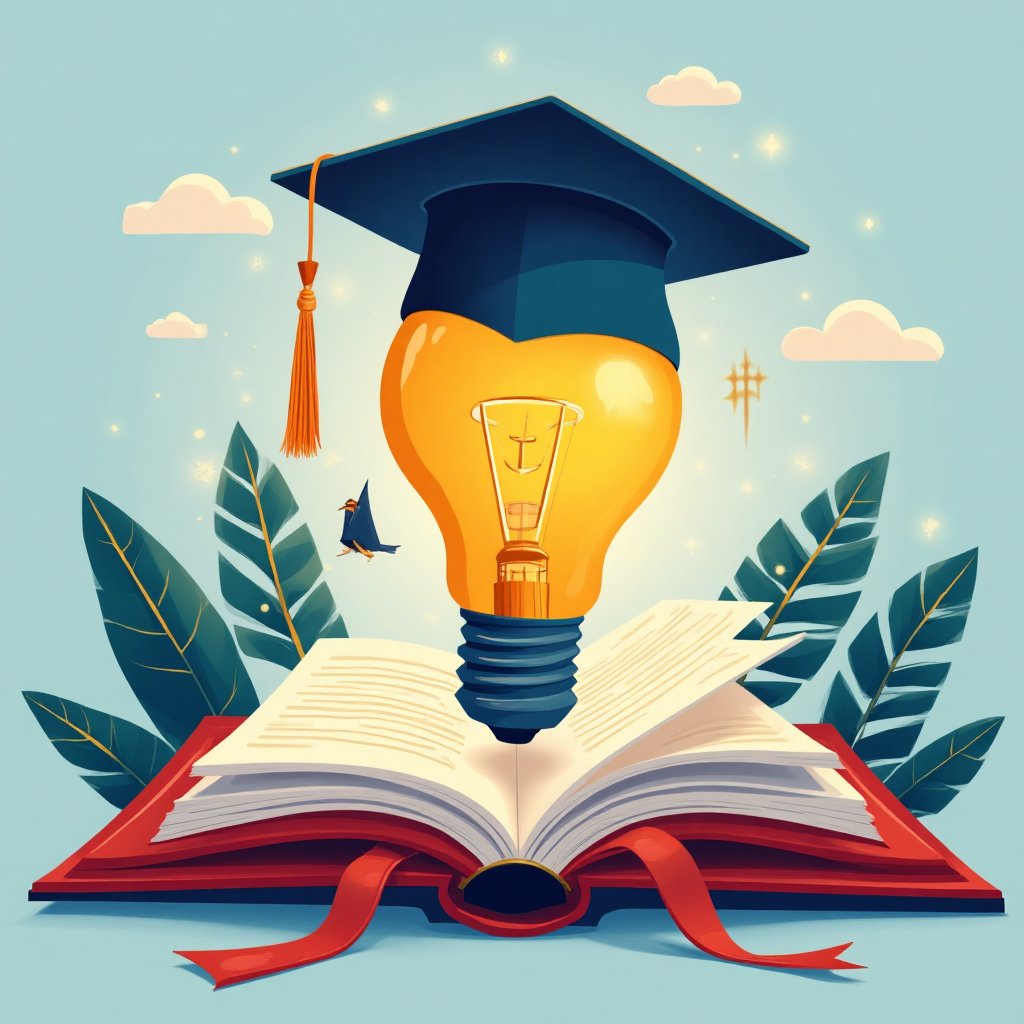
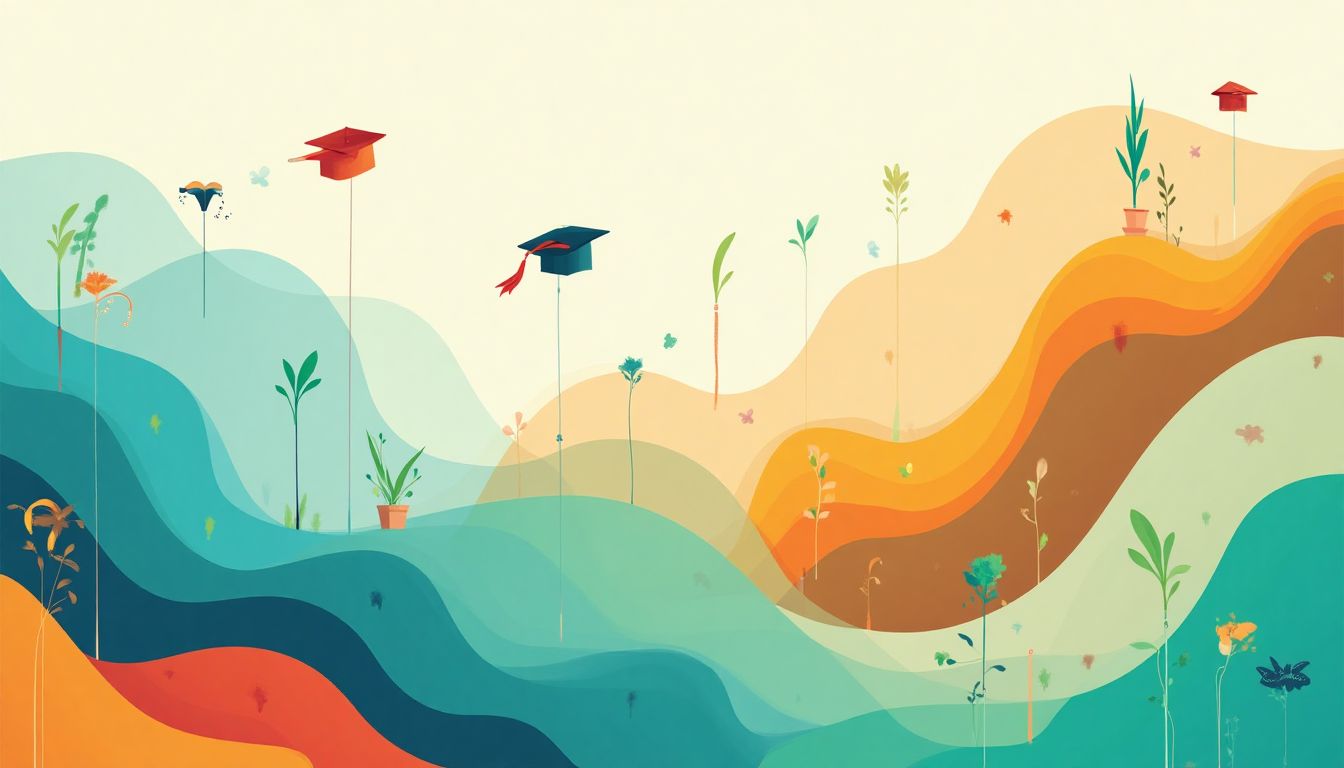
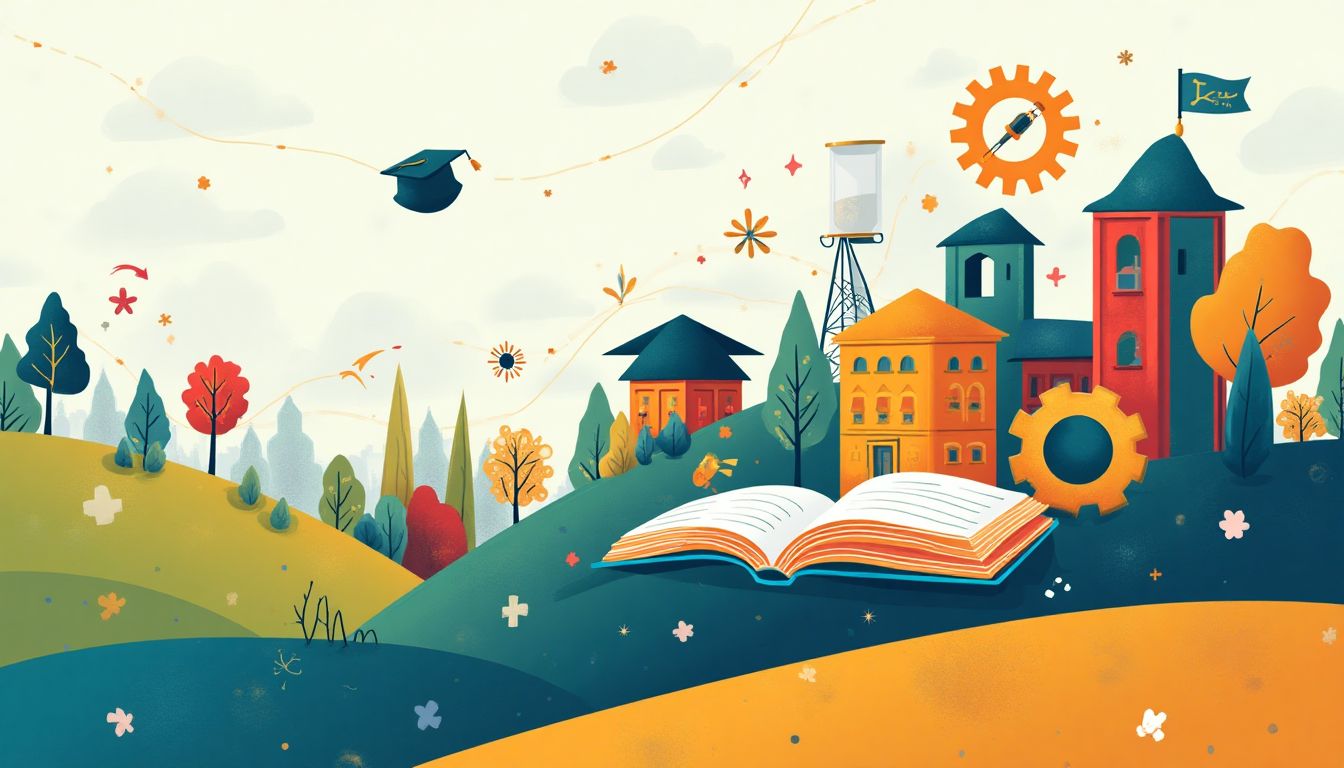








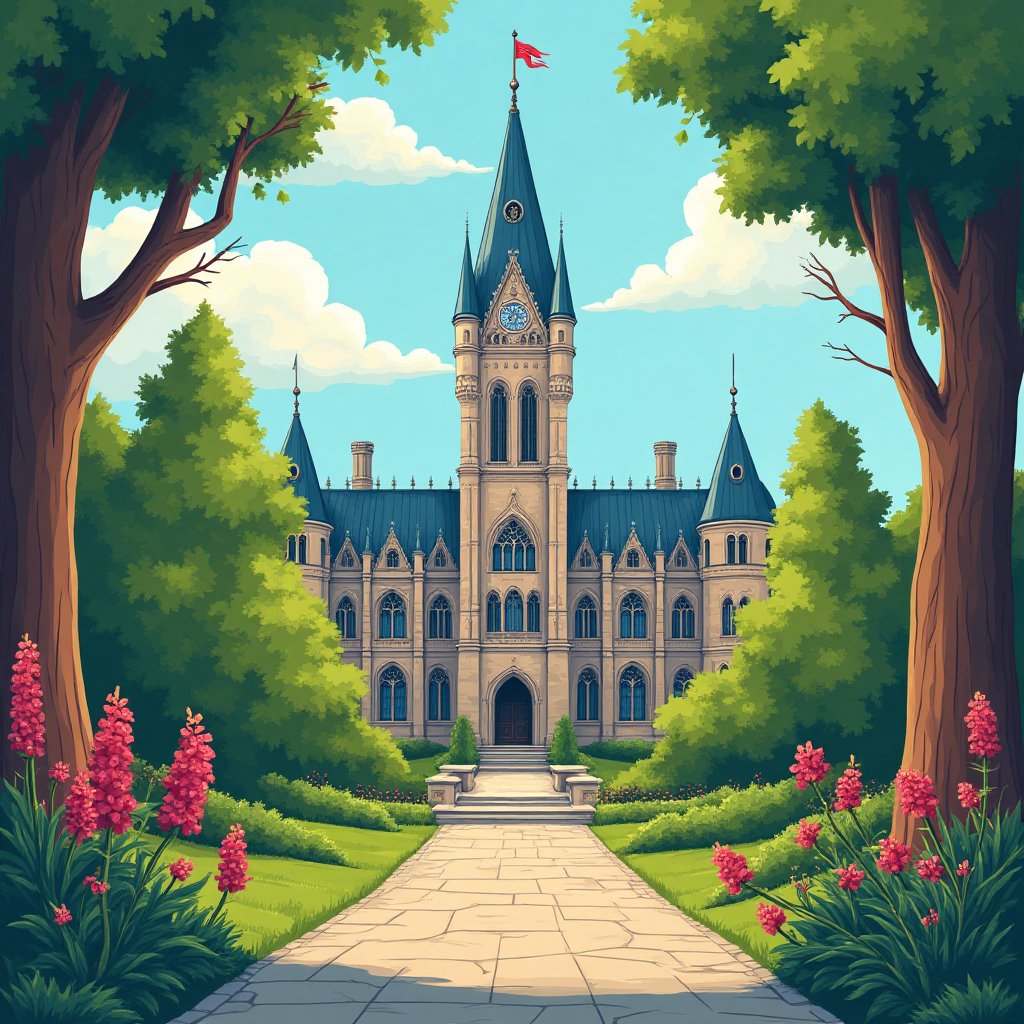
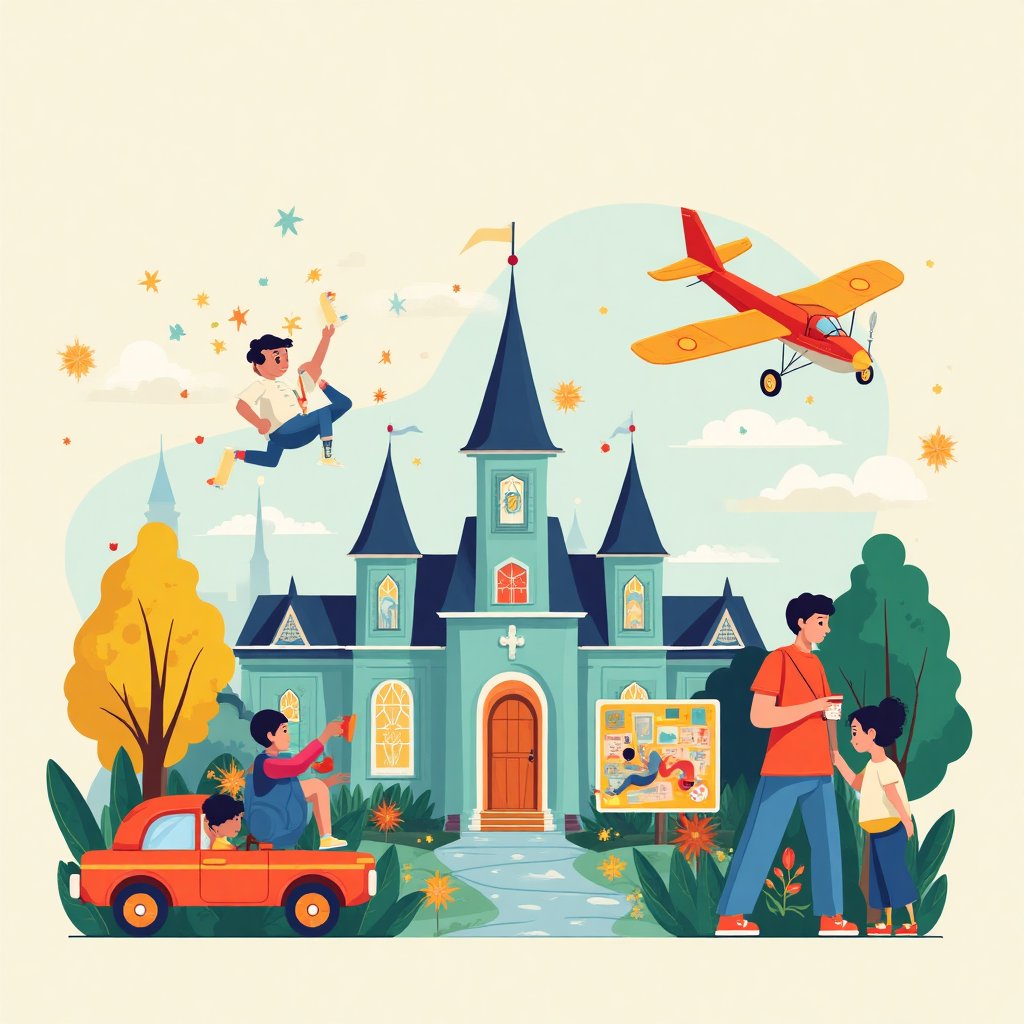
















Post Comment
You must be logged in to post a comment.